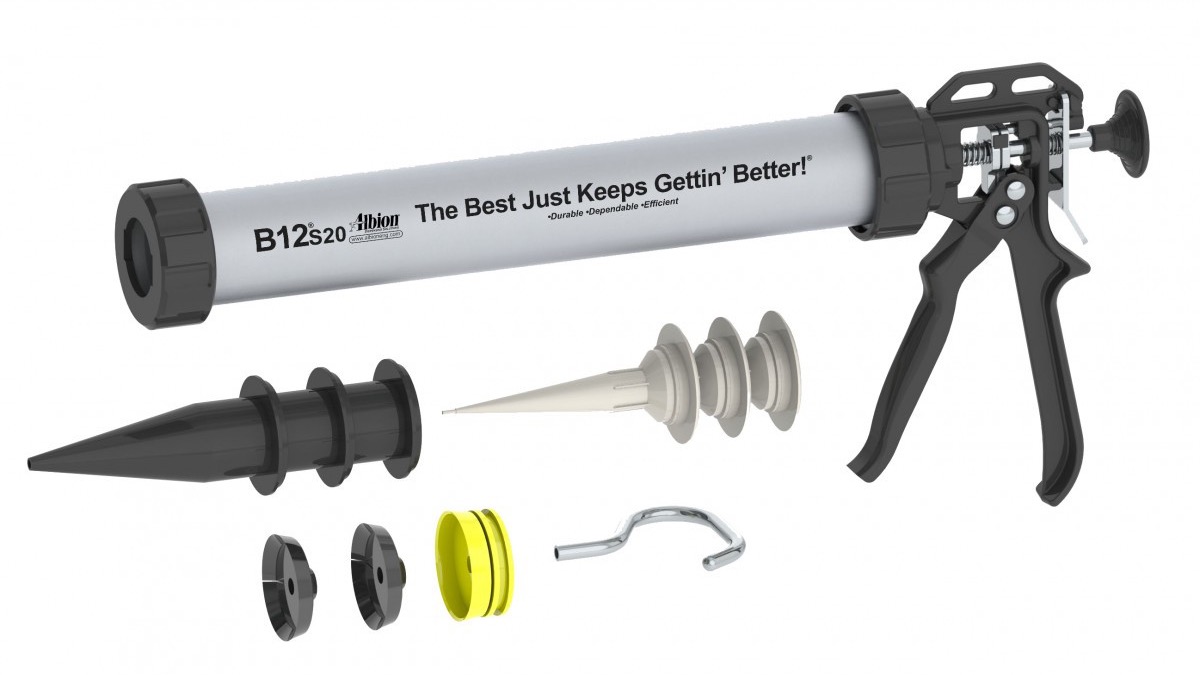
A premier college for the visual and performing arts, Cornish College of the Arts’ main campus is located in Seattle’s popular South Lake Union neighborhood, where the 20-story Cornish Commons opened in 2015.
The new residence hall and academic building includes a unique rainscreen design featuring 3/16-inch thick architectural aluminum cladding on cold-form framing. The innovative building design boasts thermal performance 40% better than required by current Seattle Building Code.
Cornish Commons’ Challenge
To achieve its ambitious thermal performance, the rainscreen design includes 2-inch, continuous R-8, exterior insulation to supplement the R-32 interior batt/cavity insulation. But that created additional challenges to be compliant with the Seattle Building Code, which dictates use of insulation outboard of the metal framing. The proposed design needed an air barrier with high permeability to ensure water vapor was not trapped in the wall cavity.
Additionally, staying on schedule – in spite of challenging Seattle weather conditions – was critical. Minimizing product incompatibility issues also was important.
Cornish Commons’ Solution
Ankrom Moisan Architects, Inc. selected the 100% silicone DOWSIL Silicone Air Barrier System to ensure enclosure airtightness performance, durability and compatibility.
When we learned about the option of a fluid-applied silicone air and water barrier, we realized that DOWSIL DefendAir 200 was ideal for our needs. Not only did the spray-applied product simplify installation and eliminate the need for traditional membrane materials, its high permeability ensured our design’s compliance with Seattle Building Code.
Unitized Construction
To keep the Cornish Commons project on schedule, the design called for a combination of unitized rainscreen panels and traditional construction techniques. The use of unitized panels assembled off-site in a controlled manufacturing environment enabled continued productivity, regardless of weather.
An external cladding contractor’s licensed use of a patented, universal joint system (U.S. Patent 8,943,773) facilitated construction of the unitized panels. This system is designed with interlocking joints that mitigate improper installation conditions that increase the risk of failure.ß The joint system relies on DOWSIL sealants for enhanced performance.
The panels used DOWSIL silicones exclusively: DOWSIL DefendAir 200 as an air barrier and DOWSIL 791 Silicone Weatherproofing Sealant for unit sealing. The quick cure capability of the DOWSIL products helped keep unit assembly on schedule. The unitized rainscreen system was used from the third floor to the 20th floor – using 30 units per floor – with approximately 50,000 square feet protected by the DOWSIL Silicone Air Barrier System.
All-Weather Installation
Construction on-site continued into late fall, due in part to the low-temperature installation capability of DOWSIL DefendAir 200, which can be applied at temperatures as low as 20°F (-6°C).
The ability to use spray-applied product was much easier,
said Jerry Jensen, Project Manager. Its cold-weather ability allowed us to continue construction into inclement fall weather.
In addition to the unitized rainscreen panels, on-site work totaling nearly 8,000 square feet used the DOWSIL Silicone Air Barrier System on the first and second floors.
Confidently Build A Better Barrier – Simple. Compatible. Silicones.
Because it is not uncommon to face challenges with varying interfacing construction materials, having a compatible all-silicone solution from Dow was appreciated and advantageous.
Having exclusively silicone products ensured compatibility. Rather than an ‘origami’ of incompatible materials around openings, having all-silicone materials simplified construction and eliminated uncertainty. It is straightforward. We can get answers from a single, trusted manufacturer, without unproductive back-and-forth exchanges with multiple suppliers. It’s helpful to have the continuity and support – and the confidence of warranty protection – from [Dow.]
Additionally, the all-silicone compatibility of the DOWSIL Silicone Air Barrier System allowed materials to be applied in any order, eliminating sequencing delays and expenses.
Learn More About DOWSIL Silicone Air Barrier System
Dow High Performance Building solutions include proven and innovative materials for structural and protective glazing, weatherproofing, insulating glass, high-efficiency insulation, and window and door fabrication. Learn more about the DOWSIL Silicone Air Barrier System and other High Performance Building solutions from Dow.
Citations
- DOWSIL – Cornish Commons, Cornish College, Seattle, Washington, USA: Case Study 63-6225-01 (original publication)
- Cornish College of the Arts – Cornish Commons
- Developer – Capstone Development Partners, LLC
- Architect – Ankrom Moisan Architects, Inc.
- General Contractor – Howard S. Wright
- Atlas Supply – Sealants Glossary
- Atlas Supply – DOWSIL High Performance Building (HPB) Silicone Solutions, Products & Technologies
- DOWSIL DefendAir 200
- DOWSIL 791 Silicone Weatherproofing Sealant
- DOWSIL Silicone Transition System
- U.S. Patent 8,943,773 Universal Joint System.
Last Modified: January 9, 2021






